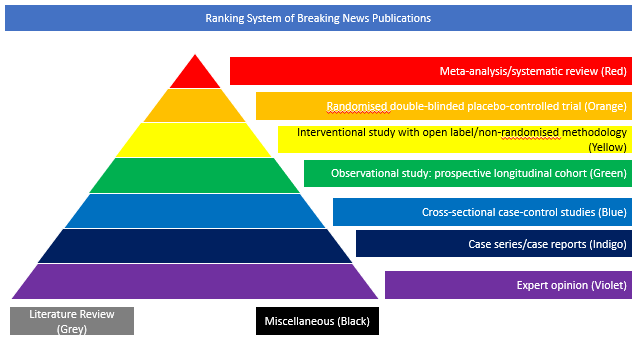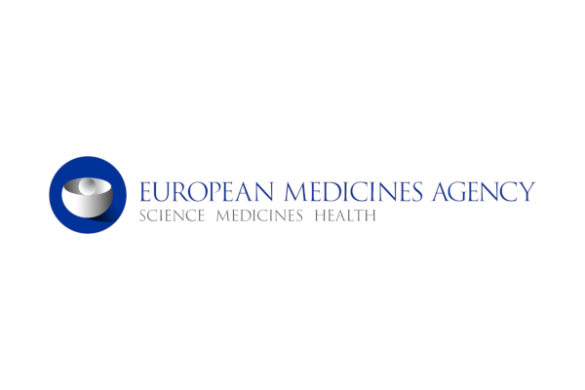Meta-analysis/systematic review (Red)
The aim of this study was to characterise the incidence, risk factors, clinico-radiological manifestations and outcomes of COVID-19-associated stroke. Three medical databases were systematically reviewed for published articles on acute cerebrovascular disease (CVD) in COVID-19 (December 2019-September 2020). The review protocol was previously registered (PROSPERO ID=CRD42020185476). Data were extracted from articles reporting stroke cases in COVID-19. Data were pooled using a random-effects model. Of 2,277 initially identified articles, 61 (2.7%) were entered into the meta-analysis. Out of 108,571 patients with COVID-19, acute CVD occurred in 1.4% (95%CI: 1.0-1.9). The most common manifestation was acute ischaemic stroke (87.4%); intracerebral haemorrhage was less common (11.6%). Patients with COVID-19 developing acute CVD, compared to those who did not, were older (pooled median difference=4.8 years; 95%CI:1.7-22.4), more likely to have hypertension (OR=7.35; 95%CI:1.94-27.87), diabetes mellitus (OR=5.56; 95%CI:3.34-9.24), coronary artery disease (OR=3.12; 95%CI:1.61-6.02), and severe infection (OR=5.10; 95%CI:2.72-9.54). Compared to individuals who experienced a stroke without the infection, patients with COVID-19 and stroke were younger (pooled median difference=-6.0 years; 95%CI:-12.3 to -1.4), had higher NIHSS (pooled median difference=5; 95%CI:3-9), higher frequency of large vessel occlusion (OR=2.73; 95%CI:1.63-4.57), and higher in-hospital mortality rate (OR=5.21; 95% CI:3.43-7.90). The authors concluded that acute CVD is not uncommon in COVID-19, especially in those who are severely affected and have pre-existing vascular risk factors. The pattern of large vessel occlusion and multi-territory infarcts suggest that cerebral thrombosis and/or thromboembolism could be possible causative pathways for the disease.









